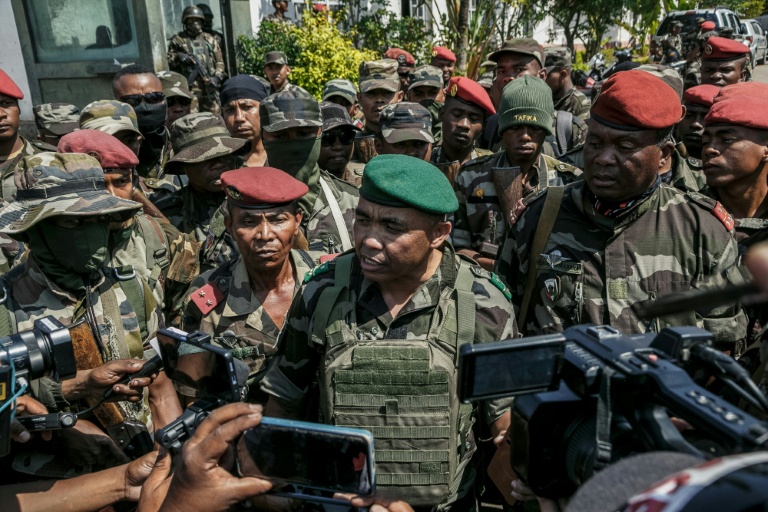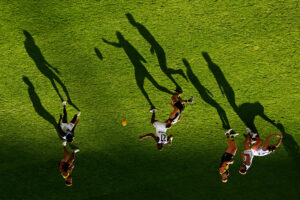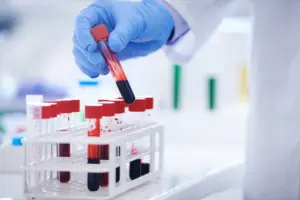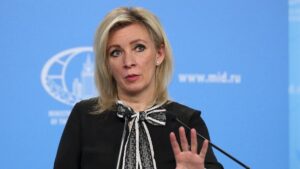
A significant protest unfolded in Madagascar’s capital, Antananarivo, on Saturday as a military contingent joined thousands of anti-government demonstrators. The protesters called for security forces to “refuse orders to shoot” while condemning the police’s use of force to suppress ongoing youth-led protests that began on September 25, 2023.
The demonstration marked one of the largest gatherings since the unrest erupted, driven by widespread anger over persistent power and water shortages affecting daily life on the Indian Ocean island. With reports of police deploying stun grenades and tear gas in attempts to disperse the crowds, the situation escalated when soldiers from the CAPSAT unit entered the city and aligned themselves with the demonstrators.
Ruphin Fortunat Dimbisoa Zafisambo, the newly appointed Prime Minister, addressed the situation in a video statement, asserting that the government was “standing strong” and “ready to collaborate and listen to all forces.” He emphasized the need for unity among the people, warning that further crises could arise if divisions continued.
In a related statement, the presidency confirmed that President Andry Rajoelina remained in the country and was actively managing national affairs. Despite these assurances, the atmosphere in Antananarivo remained tense as demonstrators gathered at the iconic Place du 13 Mai, celebrating the soldiers’ presence and chanting messages of support.
The atmosphere shifted dramatically when CAPSAT Colonel Michael Randrianirina reported that police fired at soldiers as they approached, resulting in casualties among both military personnel and journalists. According to local media, emergency services documented two deaths and 26 injuries during the protests.
As the evening progressed, gunfire and explosions echoed in the city center, but the demonstrators remained defiant. Before leaving their base at Soanierana, the soldiers urged their fellow military and police forces to stand down, advocating for solidarity among all security units. “Let us join forces, military, gendarmes, and police, and refuse to be paid to shoot our friends, our brothers, and our sisters,” Randrianirina declared in a video shared on social media.
The protests, primarily led by younger generations, articulated their demands clearly. They called for Rajoelina’s resignation and emphasized the need for a “democratic national dialogue” alongside “universal access to essential services,” which includes water and employment opportunities. One protester, who identified herself only as Lucie, expressed pride in their peaceful resistance, stating, “We don’t have any weapons. We try to protect ourselves with stones from the tear gas they throw at us. And now, we really feel a sense of pride.”
The United Nations has reported that at least 22 individuals were killed in the initial days of protests that began in late September, although Rajoelina has disputed these figures, claiming only 12 confirmed fatalities, which he attributed to “looters and vandals.”
In the wake of nearly daily protests, Rajoelina dismissed his government on September 30, appointing an army general as prime minister. This move has not quelled the uprising, as demonstrators continue to assert their demands for change and accountability from their leaders. The situation in Madagascar remains fluid, with the potential for further developments as both sides navigate the ongoing unrest.







